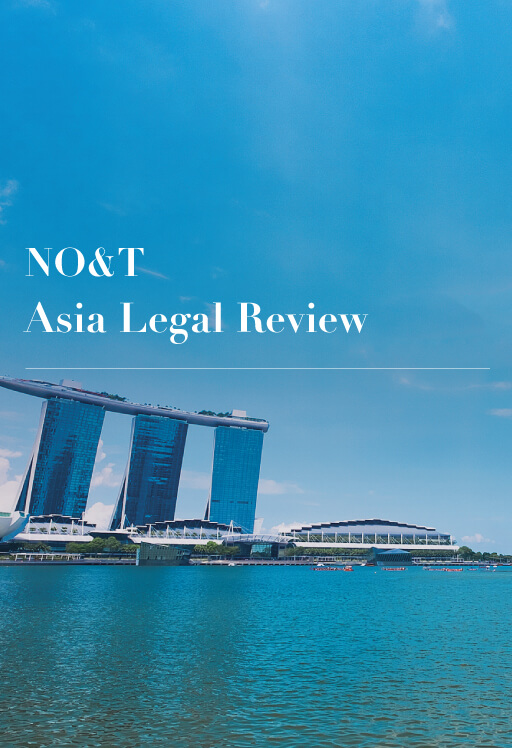
NO&T Asia Legal Review
In a recent decision dated 18 July 2022, the Singapore Court of Appeal considered an application to set aside an ICC award. The Court of Appeal partially set aside the award, finding that the tribunal’s order on damages was issued in breach of natural justice.
The case, CEF and another v CEH [2022] SGCA 54 (“CEF v CEH”) is notable for the many issues canvassed on grounds for setting aside an arbitral award under the International Arbitration Act (“IAA”). This note sets out a summary of select key determinations by the Court of Appeal, including apparent novel issues such as the alleged impossibility or unworkability of a tribunal’s order and the “no evidence rule”.
In CEF v CEH, the arbitration in question arose out of a dispute over the construction of a steel plant. The appellants were contracted to design and build a steel plant for the respondent. The plant construction ran into delays and the completed plant never met its production target. The appellants and respondent each commenced arbitrations against the other. In October 2016, the two arbitrations were consolidated into a single arbitration upon the parties’ consent (“the Arbitration”). The Arbitration was conducted under the ICC Rules and seated in Singapore.
A three-member arbitral tribunal (“the Tribunal”) issued an award in November 2019 (“the Award”). By a majority, the Tribunal found that the respondent had been induced to enter into the contract by the appellants’ misrepresentations, and that the respondent was thus entitled to rescission.
The Tribunal granted various orders in the respondent’s favour. The appellants were dissatisfied with the result in the arbitration and applied to the Singapore High Court to set aside the award.
The set aside application focused on three orders issued by the Tribunal, namely:
The High Court dismissed the set application in entirety. On appeal, the Court of Appeal set aside the Damages Order and upheld the remainder of the Award.
The appellant raised many issues and arguments in support of its challenges against the Tribunal’s three orders. The following is a summary of the Court of Appeal’s key determinations on grounds that justify setting aside an award under the IAA.
The appellants argued that the Transfer Order should be set aside under Article 34(2)(a)(iv) of the Model Law, on the basis that it is impossible or unworkable. However, the appellants were unable to present any authority for the argument that impossibility or unworkability is grounds to warrant setting aside an award.
In any event, the Court of Appeal found that the terms of the Transfer Order were not impossible or unworkable. The Court noted that, among others, the respondent is able to effect the removal of the plant from the site and transfer title to the disassembled components to the appellants, who could then take possession. Another factor was that there was no evidence before the Court to show that it was impossible to disassemble the plant without destroying it or rendering its components worthless.
The appellants argued that the Repayment Order should be set aside under Article 34(2)(a)(ii) of the Model Law and/or section 24(b) of the IAA on the basis that it was issued in breach of the “no evidence rule”.
The “no evidence rule” has been applied in neighbouring common law jurisdictions Australia and New Zealand. In the present context, the effect of the “rule”, if applied, is that arbitral awards containing findings of fact made with no evidential basis can be set aside for breach of natural justice.
The Court of Appeal held that the “no evidence rule” should not be adopted as part of Singapore law. The Court reasoned that doing so would be contrary to the judicial policy of minimal curial intervention in arbitration proceedings, which is well established in Singapore. In effect, the “no evidence rule” would amount to an invitation to the courts to re-examine the merits of a tribunal’s findings of fact. The Court held that this is impermissible, as setting aside applications are not an avenue for appeals against an arbitral award.
The appellants argued that the Damages Order should be set aside on the basis that it was issued in breach of natural justice. Specifically, the appellants submitted that there was a breach of the fair hearing rule in the Tribunal’s award of damages.
The appellants pointed to the Tribunal having rejected and/or found the respondent’s evidence in support of its damages claim to be deficient. Nonetheless, the Tribunal went on to adopt a “flexible approach” by which it awarded the respondent 25% of its claimed quantum of damages.
The Court of Appeal allowed the appeal in relation to the Damages Order. The Court affirmed its earlier decision in BZM and another v BZV [2022], where it was held that to comply with the fair hearing rule, the tribunal’s chain of reasoning must be (i) one which the parties had reasonable notice that the tribunal could adopt and (ii) one which has a sufficient nexus to the parties’ arguments. The party applying to set aside an award will need to establish that a reasonable litigant in its shoes could not have foreseen the possibility of the reasoning of the type in the award.
The Court of Appeal considered the relevant parts of the Tribunal’s reasoning on damages and found that there had been a breach of the fair hearing rule. The Court noted that the Tribunal had reached an express finding that the respondent failed to produce the relevant supporting documents or explain how the existing documents substantiated its damages claim. In the Court’s view, both parties would have expected that the Tribunal would award only such damages that the respondent could prove. Given the Tribunal’s finding on the deficiencies in the respondent’s evidence, the parties would have expected the Tribunal to dismiss the damages claim in entirety.
The Court further found that the Tribunal’s adoption of the “flexible approach” had no connection to the issue of what the appropriate award of damages should be. Once the Tribunal found that the respondent had not proved its loss, the only appropriate order was to award 0% of the claim. In other words, the “flexible approach” to damages did not allow the Tribunal to award a figure at random.
The appellants argued that the Award does not contain sufficient reasons for the Tribunal’s decision on key issues, and the Award should therefore be set aside under section 24(b) of the IAA, Article 34(2)(a)(ii) and/or Article 34(2)(a)(iv) of the Model Law.
The Court of Appeal noted that both Article 31(2) of the Model Law and Article 31(2) of the ICC Rules provide that “[t]he award shall state the reasons upon which it is based”. As to the content of this requirement, the Court affirmed the general principle that whether an arbitral tribunal’s decision is sufficiently reasoned is a matter of degree and must be considered in the circumstances of each case. In addition, even if no reasons were given in an award, this does not necessarily result in the award being set aside for breach of natural justice.
In any event, the Court considered that the Award, considered in whole, did provide sufficient reasons to inform the parties of the bases on which the Tribunal had reached its decision on the essential issues in dispute.
The Court of Appeal decision in CEF v CEH is an important addition to the body of Singapore case law on set-aside applications. It affirms the principle of minimal curial intervention in arbitration proceedings, which is well established in Singapore judicial policy.
The case is also an important illustration of the relatively narrow circumstances that would constitute a breach of natural justice. Going forward, parties may expect to see arbitral tribunals taking greater caution to satisfy the requirements of the fair hearing rule. This involves ensuring that the parties are heard on the issues in dispute and that the chain of reasoning set out in the award is sufficiently connected to the parties’ arguments, rather than one that a reasonable litigant could not have foreseen.
This newsletter is given as general information for reference purposes only and therefore does not constitute our firm’s legal advice. Any opinion stated in this newsletter is a personal view of the author(s) and not our firm’s official view. For any specific matter or legal issue, please do not rely on this newsletter but make sure to consult a legal adviser. We would be delighted to answer your questions, if any.
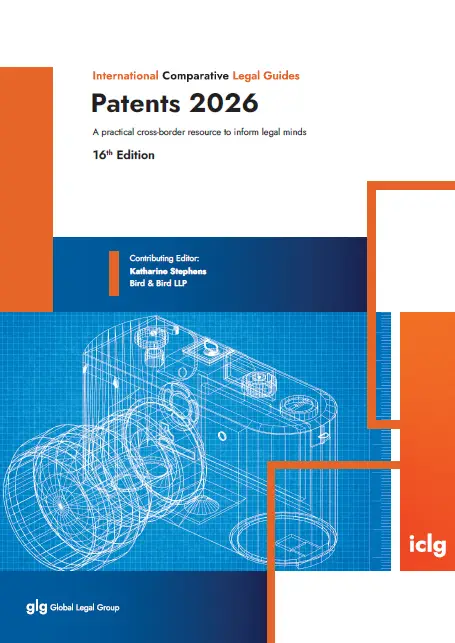

(October 2025)
Kenji Tosaki
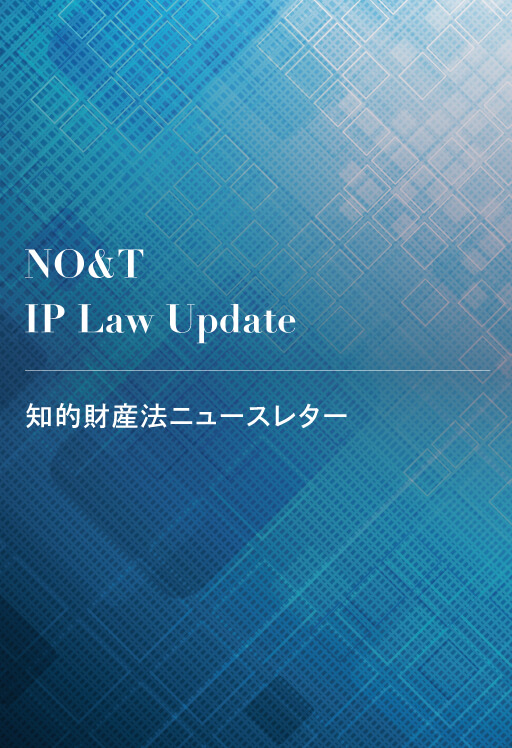

Kenji Tosaki, Takahiro Hatori, Nozomi Kato (Co-author)


Claire Chong, Nozomi Kato (Co-author)
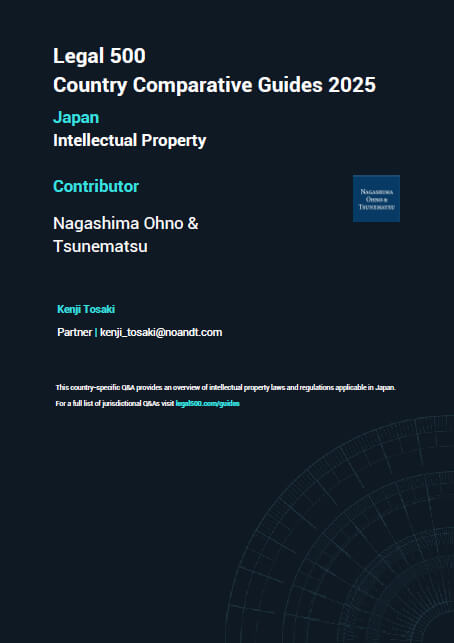

(September 2025)
Kenji Tosaki


Claire Chong, Nozomi Kato (Co-author)
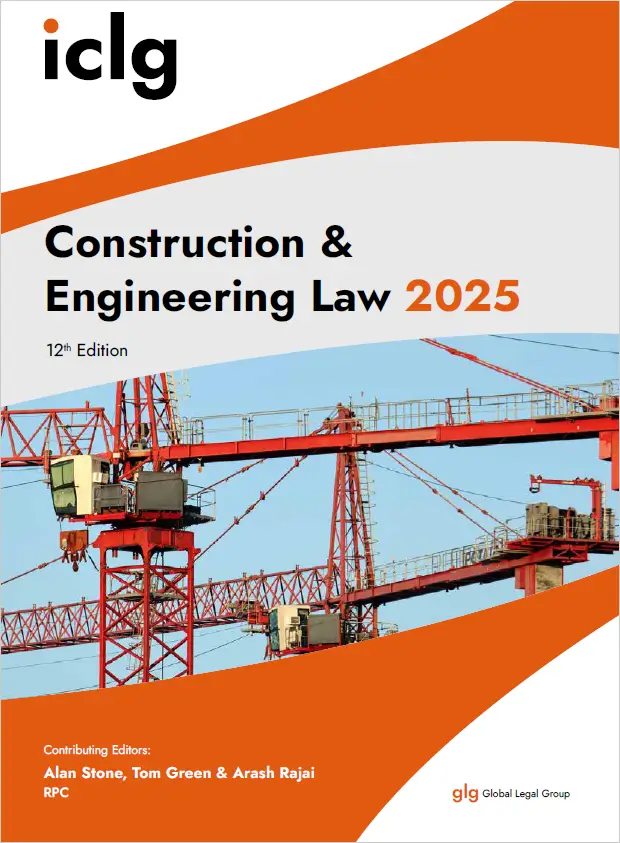

(August 2025)
Kaori Sugimoto


Justin Ee, Kennosuke Muro (Co-author)
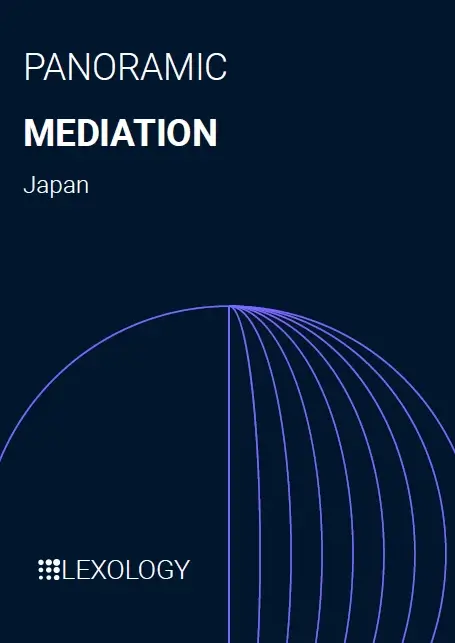

(July 2025)
Junichi Ikeda, Tomohiko Nabeshima, Akiko Inoue (Co-author)


Supasit Boonsanong, Thananya Pholchaniko, Phareeya Yongpanich (Co-author)


Patricia O. Ko


Claire Chong, Nozomi Kato (Co-author)


Yuan Yao Lee


Supasit Boonsanong, Thananya Pholchaniko, Phareeya Yongpanich (Co-author)


Patricia O. Ko


Claire Chong, Nozomi Kato (Co-author)


Yuan Yao Lee


Claire Chong, Nozomi Kato (Co-author)


Justin Ee, Kennosuke Muro (Co-author)


Kara Quek, Kennosuke Muro (Co-author)


Annia Hsu, Kennosuke Muro (Co-author)